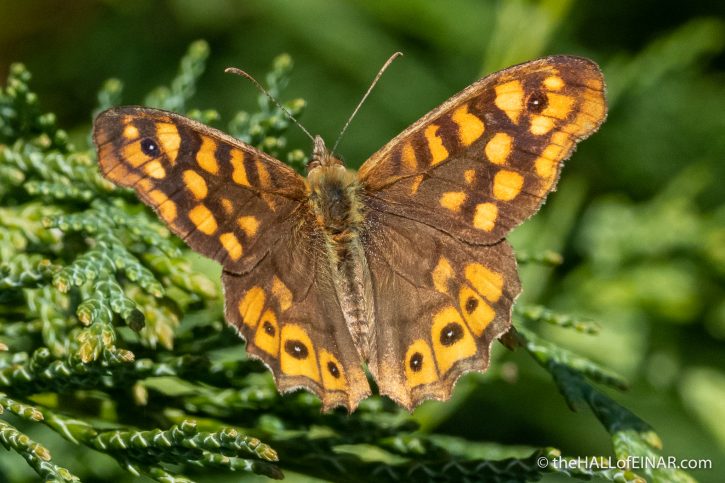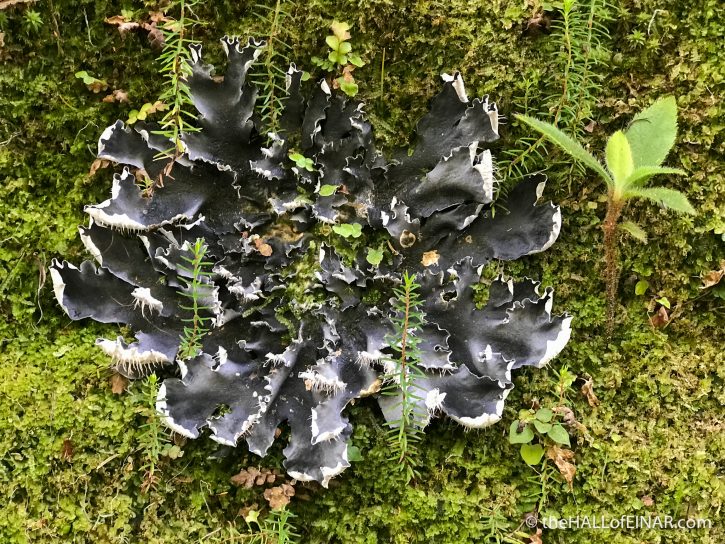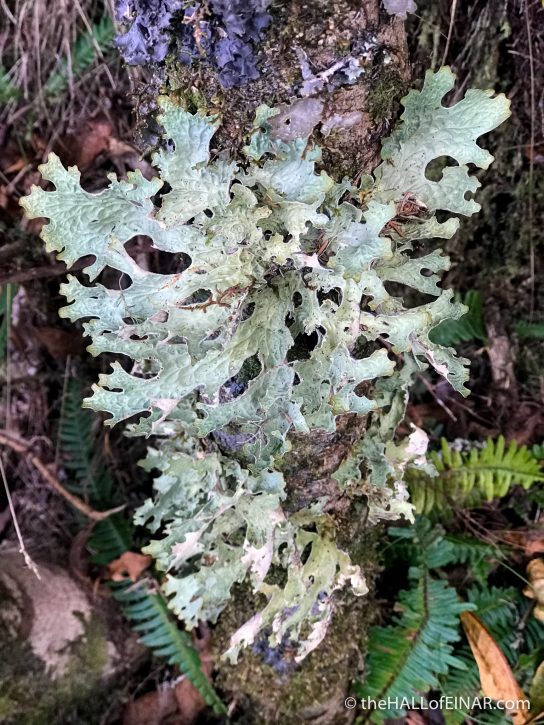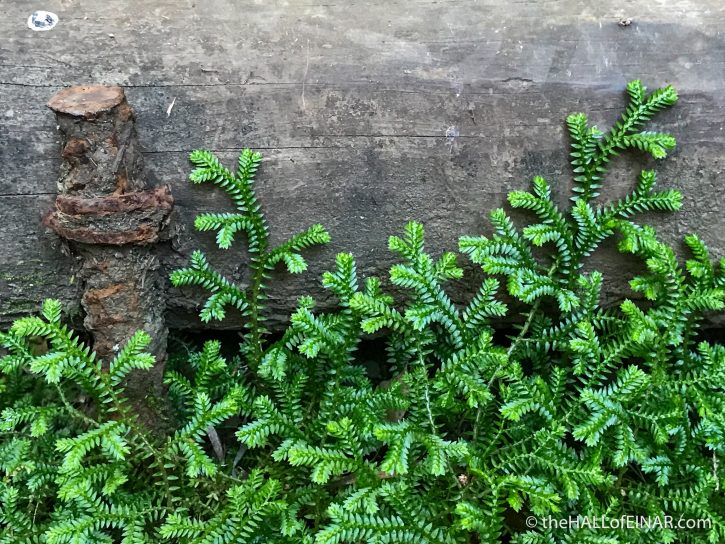Running up that hill in Madeira
It’s the first day of my time in Madeira. I’ve booked the cheapest place I can find to stay. It’s a room in the most remote house on the most remote road in the most remote village in the most remote northern region of Madeira. I’m meant to be in a room in a shared house; there’s no-one else here. It’s an incredible James Bond villain style inverted house, perched on a mountain with a view of the sea through a break in the volcanic valleys. Actually, it’s more like BoJack Horseman‘s bachelor pad than a James Bond villain’s house.
It’s ridiculous. And I have it all to myself.
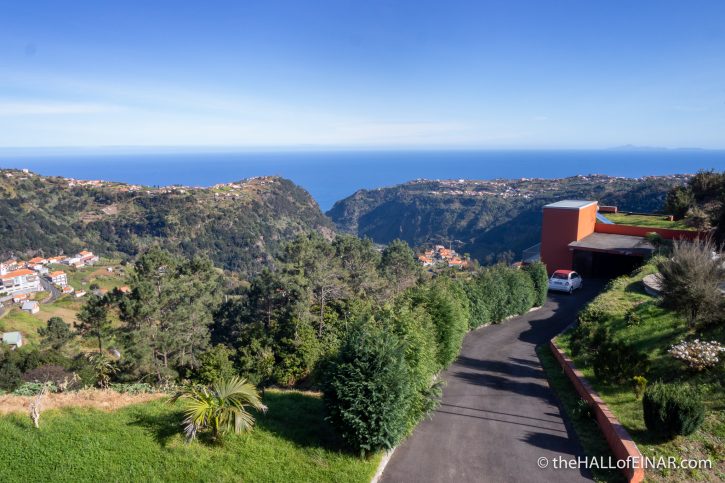
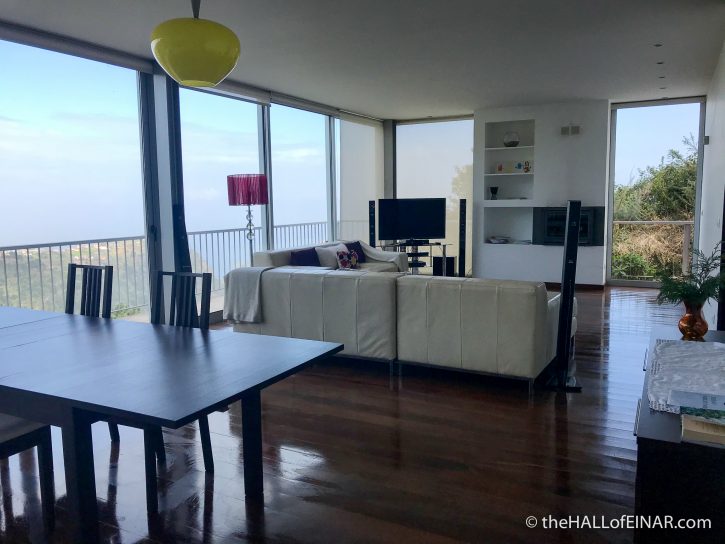
The bedroom is a five minute walk away, downstairs. The lounge has a floor to ceiling glass wall, looking onto a balcony the full length of the building, with the sea beyond. The roofs are flat and covered in grass. It looks idyllic. Looks can be deceptive.
It’s also a bit damp and cold inside. It obviously hasn’t been lived in for a while. And for some reason the towels smell strongly of dogs. Or mould. Or mouldy dogs.
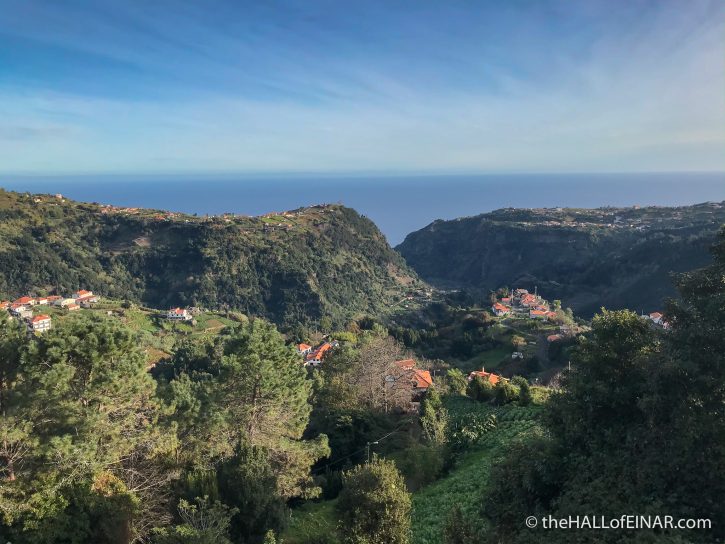
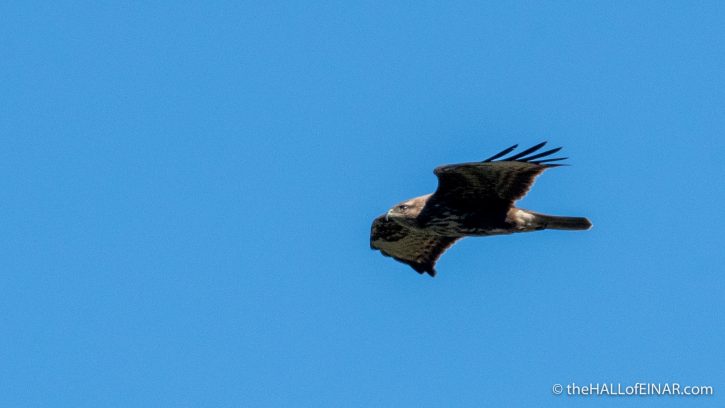
I can hear Buzzards calling outside and my first shot is of this one outside the house. There are three of them and one does a long display dive.
I’ve only just arrived in Madeira and I’ve been the victim of upselling. I’d already paid to hire a car for less than £50 for a week. When I arrive at Cristiano Ronaldo airport they tell me the fatal news; they have a convertible Fiat 500 for another €5 a day. I fall for it. The forecast is good, the road system is winding and ridiculously exciting and I fancy a bit of breeze in my hair.
I’ve travelled with hand-luggage only. That means 10kg of photographic gear wrapped in underpants. Inside my bag is a rucksack. I wore my walking boots on the plane. I have a coat with poachers’ pockets. I’m ready to set off on a walk.
I’m reading a review where someone says they set off on this walk with just one litre of water, and they wouldn’t do that again, as I put my one litre bottle of water in my rucksack.
Outside the door is a Speckled Wood butterfly. I’ve been hoping I might find the Madeira Specked Wood butterfly, but sadly not. The mainland species has taken over since being introduced in 1976.
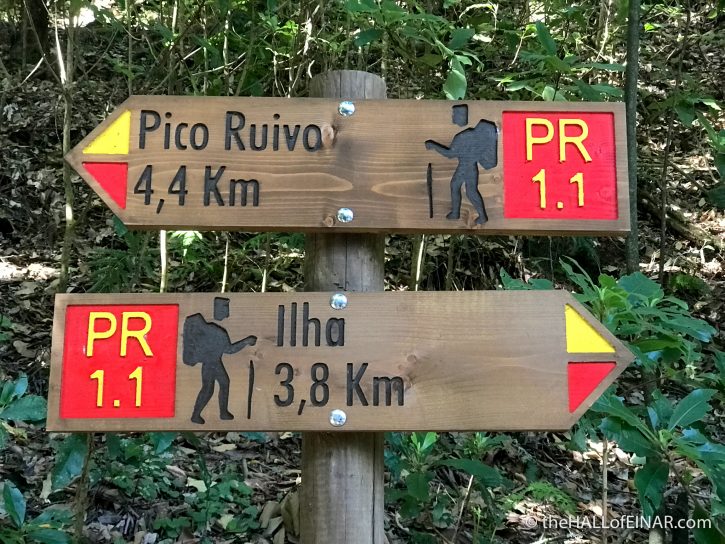
The house is just at the start of a major walking route to Pico Ruivo, the highest point on Madeira.
The signs, however, are misleading. They should be angled at 45 degrees, because that’s the slope of the path to the peak.
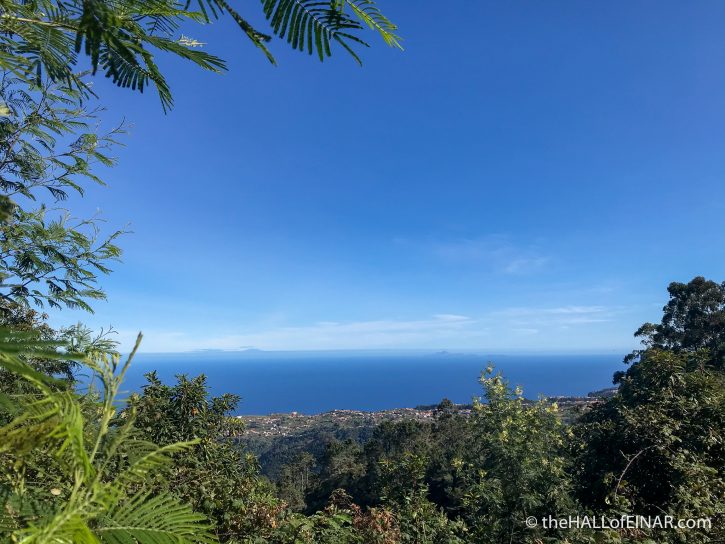
I’m glad of the chance to stop and take photographs. I’ve been walking very quickly uphill, thrilled with the exercise. I feel unleashed, giddy, euphoric, even. My resting heart rate last night was 56 beats per minute. As I make it up the hill to a clearing it’s 159. That’s almost drum and bass.
Your peak heart rate is meant to be 220 minus your age. I still have a few beats left in me. Having said that, I am only walking.
It was worth coming just to be in laurisilva forest. It’s the sort of temperate rainforest which covered much of western Europe before people cut and burnt it down and then grazed it so it could never recover. I hear a Buzzard cry and it echoes across the valley. I could cry, too. It’s a beautiful wilderness, saved by its slopes.
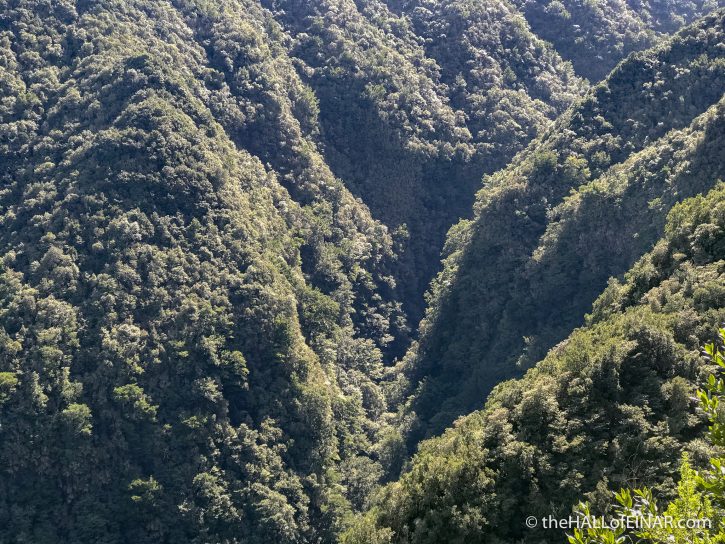
There are natural wonders all around. I love the lichens on the rocks and the trees and would dearly love to identify the bright green architectural plant below.
EDIT – it’s a Selaginella, probably Selaginella kraussiana, Kraus’s clubmoss.
Rainforest is where epiphytes grow; plants which grow on plants. Here’s a glorious hanging lichen:
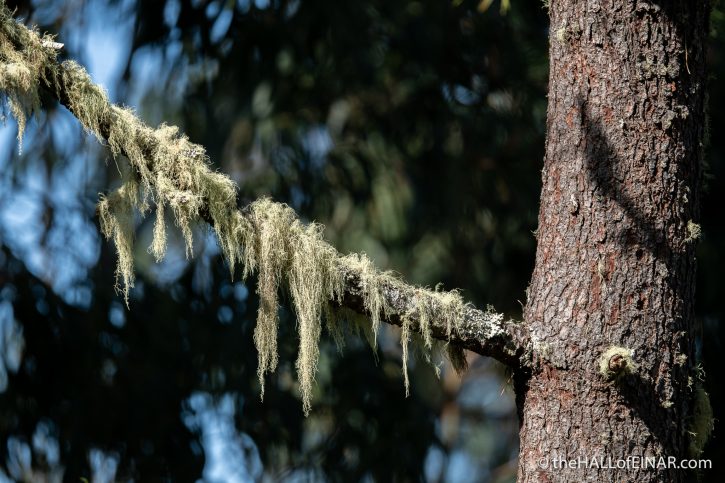
There are also Mimosa trees and Eucalyptus trees, both introduced from Australia, which are changing the natural forest considerably. This Mimosa looks like Acacia melanoxylon, a ‘noxious weed’ and ‘invasive pest’. Beautiful, isn’t it?
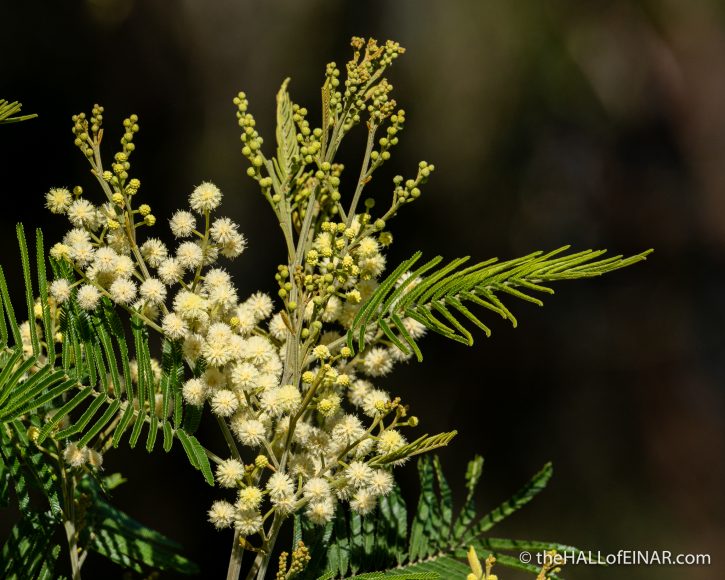
It’s more beautiful in its native setting in Australia, surrounded by its natural ecosystem of diseases and browsing animals.
There’s a tiny bird in the tree. It’s a Madeira Firecrest, Regulus madeirensis.
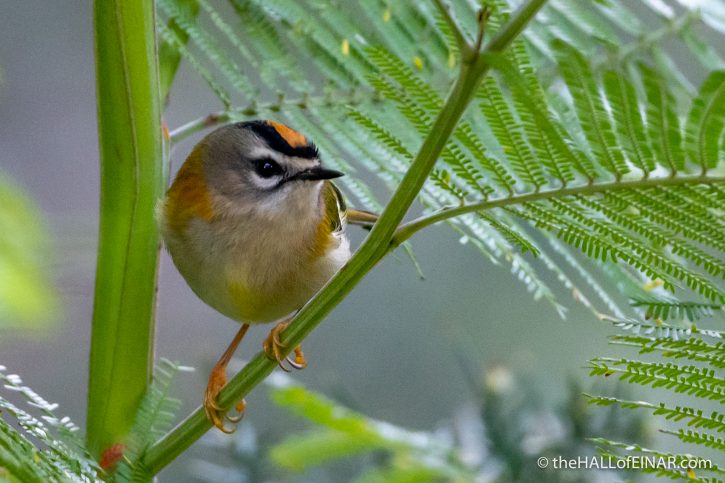
It’s one of the endemic species of Madeira and found only on the main island of Madeira and nowhere else in the world. It’s quite dark in the forest, but I get the best photograph I can under the circumstances.
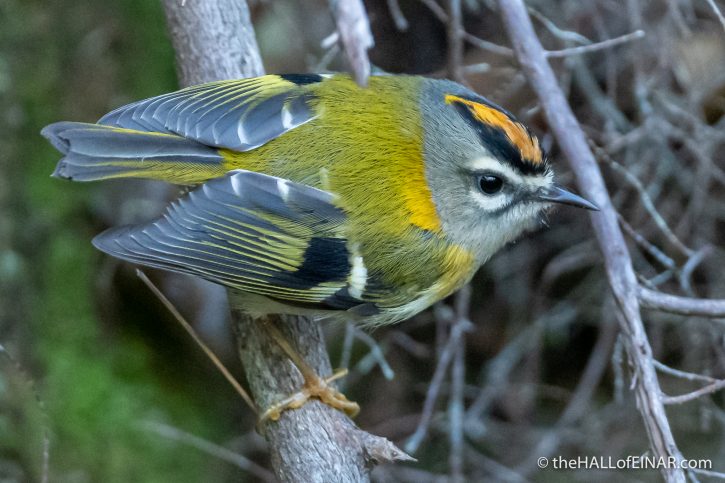
What an exceptional little bird. It’s 4 million years since its ancestors were blown to this tiny volcanic speck in the Atlantic Ocean and began their slow adaptation and divergence from European Firecrests.
The path is mostly well maintained and clearly signed.
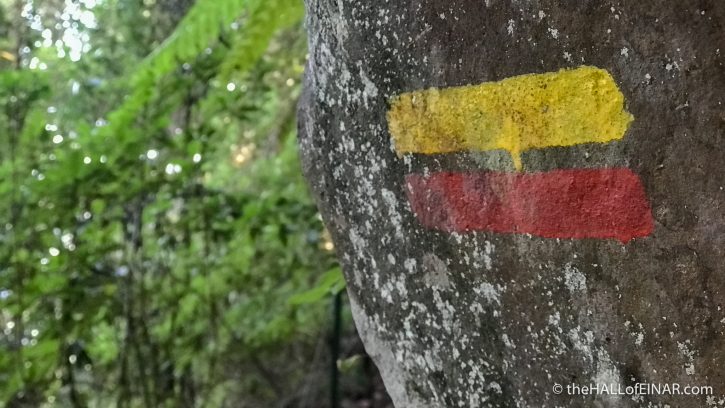
I’ve still not reached the top and I don’t think I’m going to. If I carry on it’ll get dark before I’m back and a torch wouldn’t fit in my hand luggage.
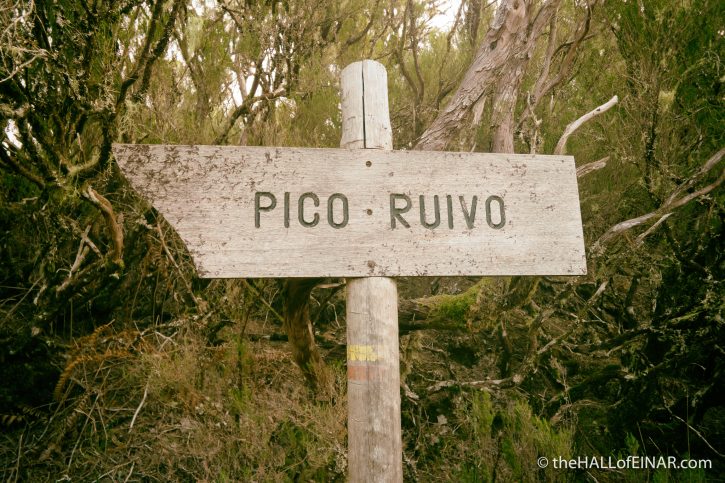
It’s slightly odd to be in a place with no deer, no squirrels, no badgers and no foxes. It’s unlikely I’d see them if they were here, anyway, but I can feel their absence.
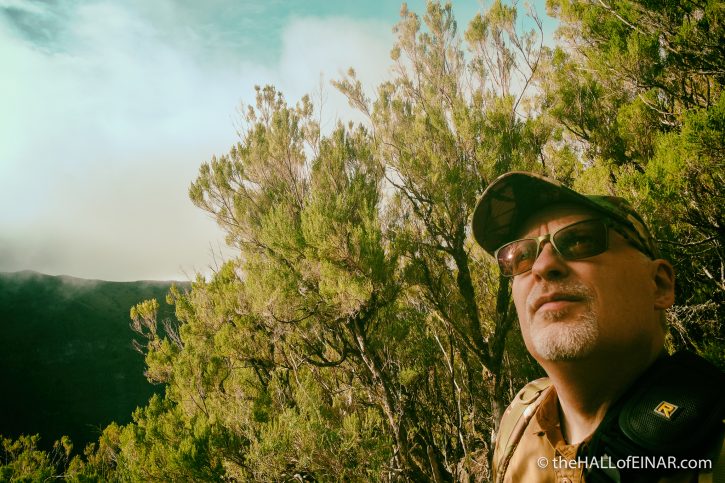
I’m not sure I can see the peak. I’ve spent over four and a half hours walking up steep volcanic slopes and never been able to see further ahead than the next bend in the path.
Looking north I can see the peaks I’ve walked past and hints of the towns and villages near the coast.
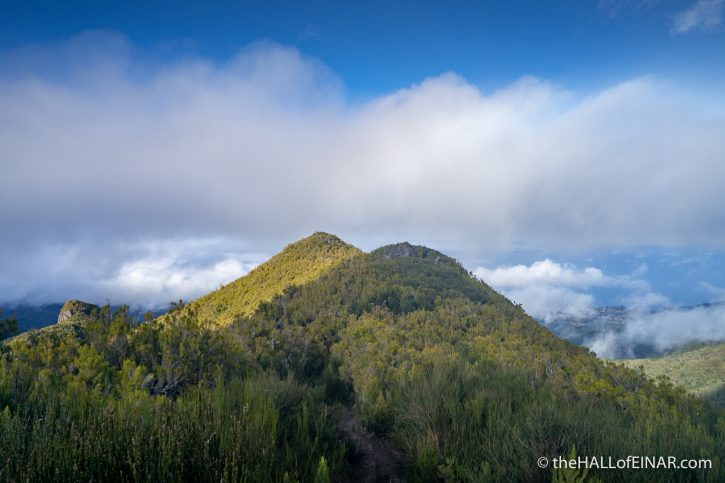
If I was doing this again, I’d definitely bring more than a litre of water. I hope that will be handy advice for you to ignore when you’re here.
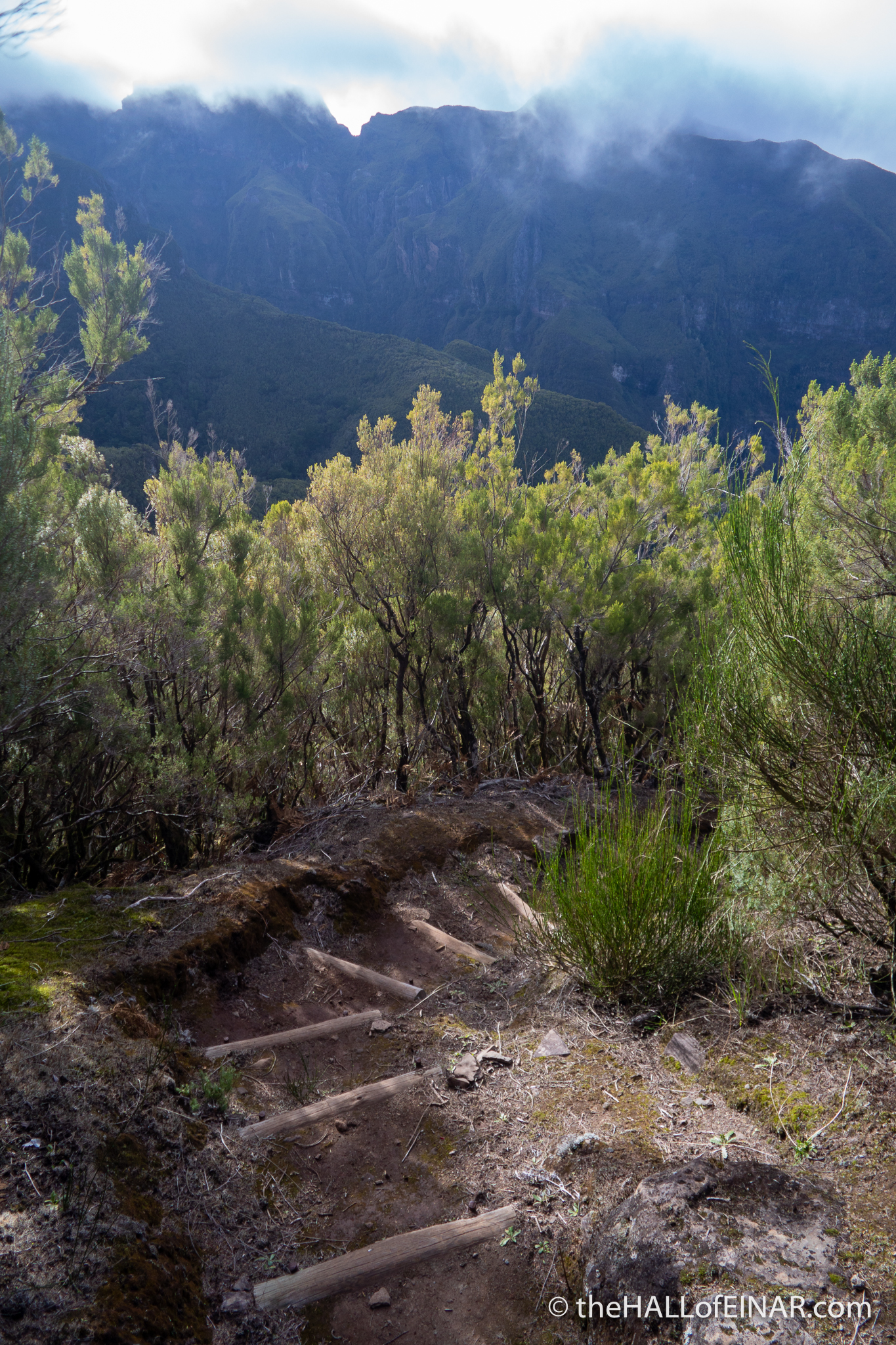
I start the walk back. It’s taken me four and a half hours to get here. It takes just two to get back. Gravity is my friend.
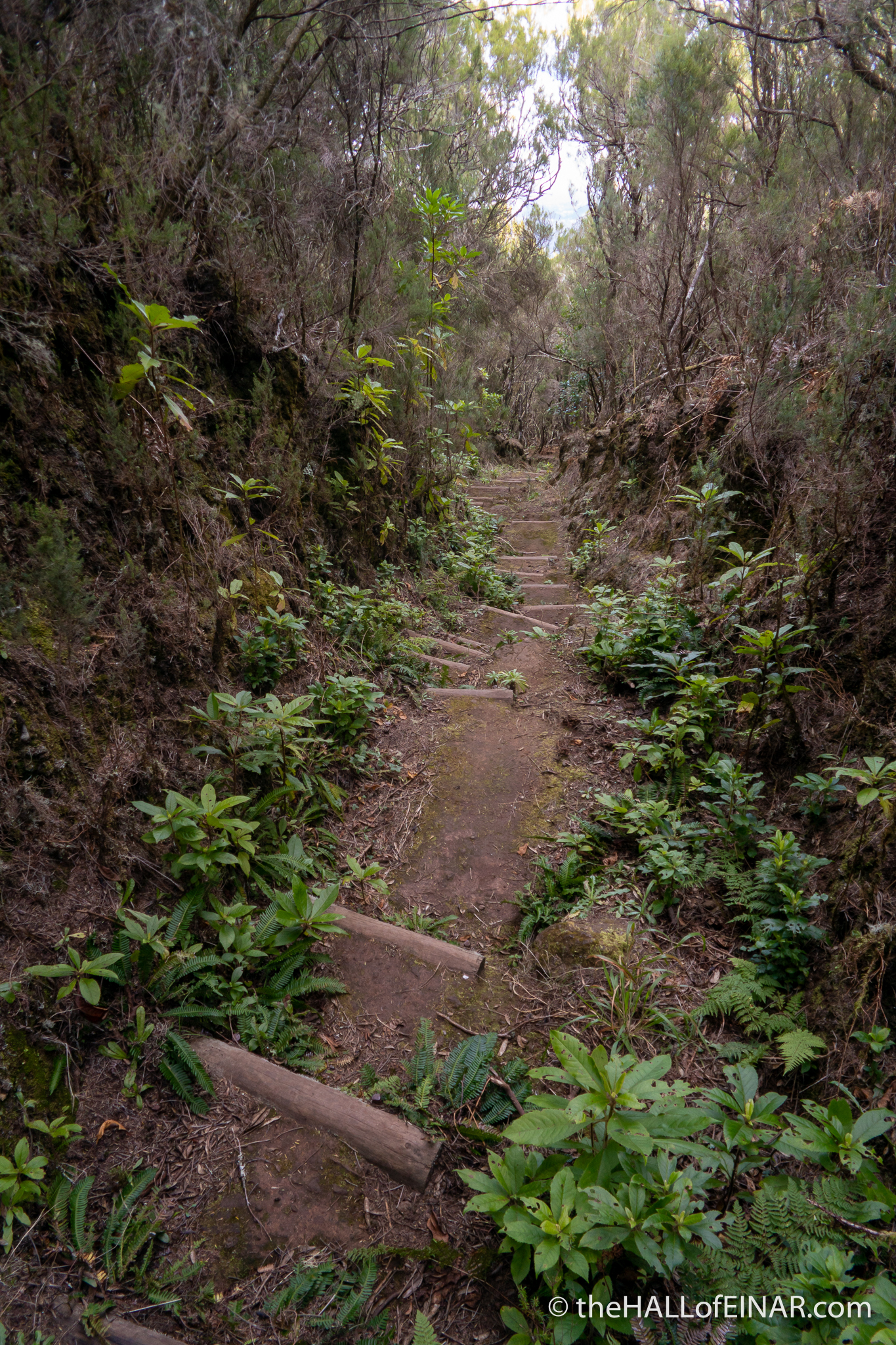
I have a shower and wipe myself down with the scent of mouldy dog. I go to bed, face planted in the pillow.
Today’s walk was accomplished with much inane humming of Kate Bush’s extraordinary song Running Up That Hill. It’s a song about the impossibility of men and women seeing life through each other’s eyes. As I wolfed spinach and ricotta pasta with Coral, a local beer, I played every version available on YouTube including the glorious Extended 12″ Version. It’s only later I understand why I’ve been singing it. “If I only could, I’d be running up that hill.” Walking up it was difficult enough. Enjoy!
More Madeira
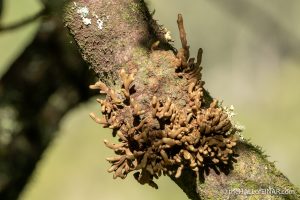 Laurel fungus in Madeira Here's a find from when it was possible to travel There's a fungus on this laurel tree: It's Laurobasidium lauri,… read more
Laurel fungus in Madeira Here's a find from when it was possible to travel There's a fungus on this laurel tree: It's Laurobasidium lauri,… read more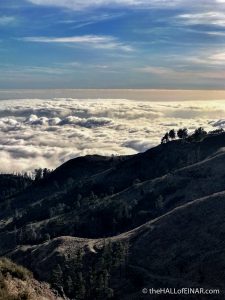 The Madeira outtakes On the way to Madeira I sit next to a couple and they chat. I say 'they' chat, when I… read more
The Madeira outtakes On the way to Madeira I sit next to a couple and they chat. I say 'they' chat, when I… read more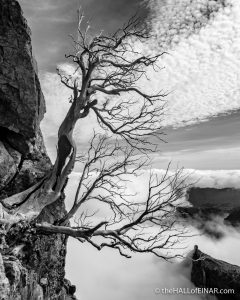 Clinging on At 1,800m the clouds are below me and above me on Madeira. I'm a cloud sandwich. On the slopes is… read more
Clinging on At 1,800m the clouds are below me and above me on Madeira. I'm a cloud sandwich. On the slopes is… read more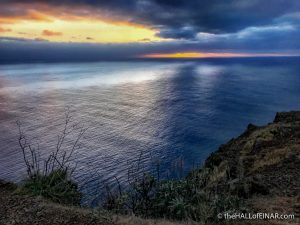 Fire and water I'm off on a trip to the far west of Madeira. There's a lighthouse at Ponto do Pargo which sounds… read more
Fire and water I'm off on a trip to the far west of Madeira. There's a lighthouse at Ponto do Pargo which sounds… read more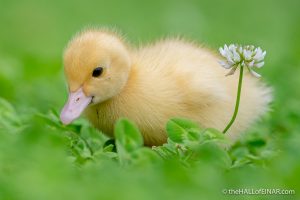 There once was an ugly duck. A very ugly duck. You know the story. There's an ugly duckling which turns into a swan. I don't need to go all Hans… read more
There once was an ugly duck. A very ugly duck. You know the story. There's an ugly duckling which turns into a swan. I don't need to go all Hans… read more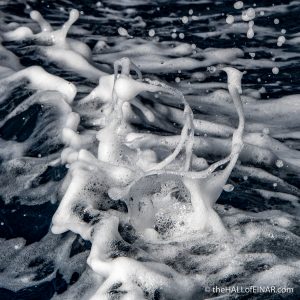 Skum Have you ever looked at a fire extinguisher in Denmark? No? Can I say that I'm not surprised? If you… read more
Skum Have you ever looked at a fire extinguisher in Denmark? No? Can I say that I'm not surprised? If you… read more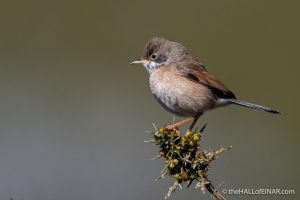 Madeira birdwatching with Luis Dias There's another birdwatching business on Madeira. It's called Birds and Company. I would give you a link to their website,… read more
Madeira birdwatching with Luis Dias There's another birdwatching business on Madeira. It's called Birds and Company. I would give you a link to their website,… read more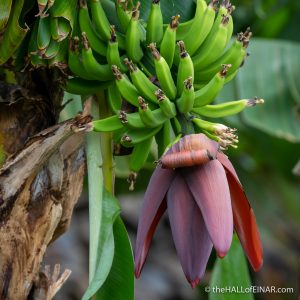 Yes! we have no bananas I'm in Calheta in Madeira for the afternoon. Behind the road following the coast is a large garden which appears… read more
Yes! we have no bananas I'm in Calheta in Madeira for the afternoon. Behind the road following the coast is a large garden which appears… read more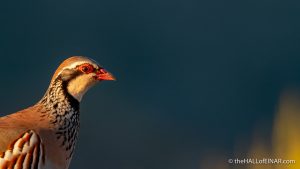 Red-Legged Partridge up the mountain I'm standing bathing in the cold orange light of sunset when I spot a largish bird walking towards me. I… read more
Red-Legged Partridge up the mountain I'm standing bathing in the cold orange light of sunset when I spot a largish bird walking towards me. I… read more